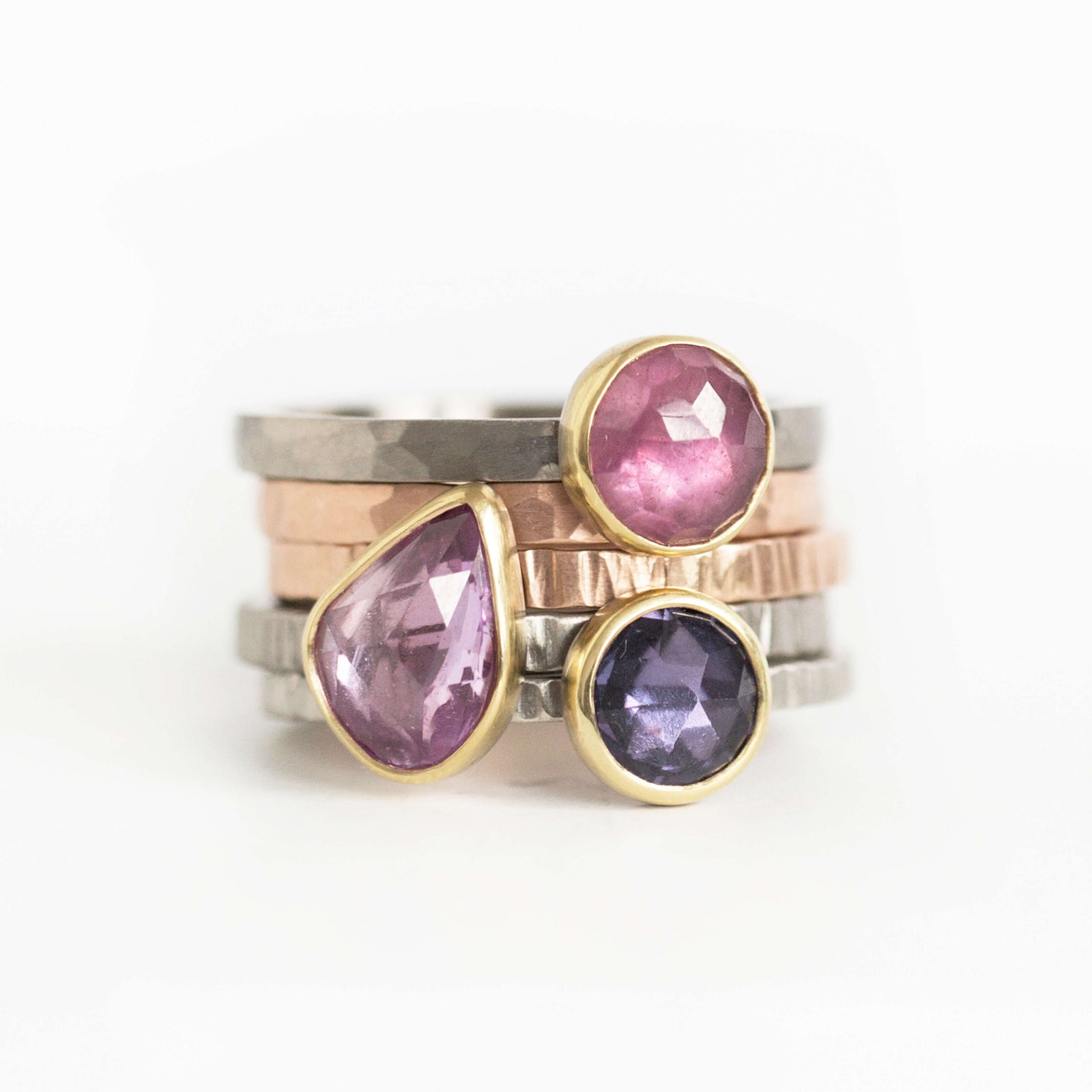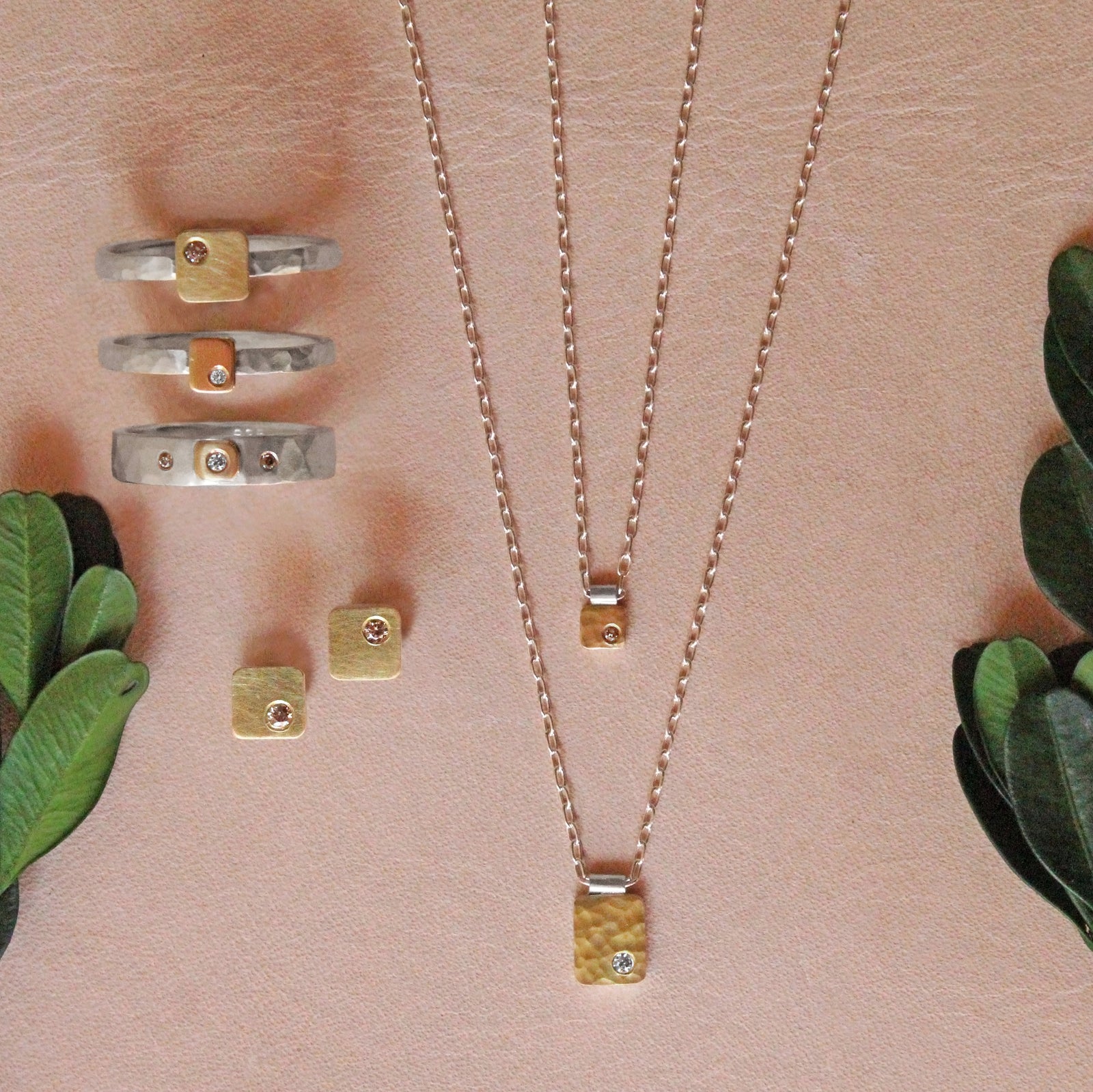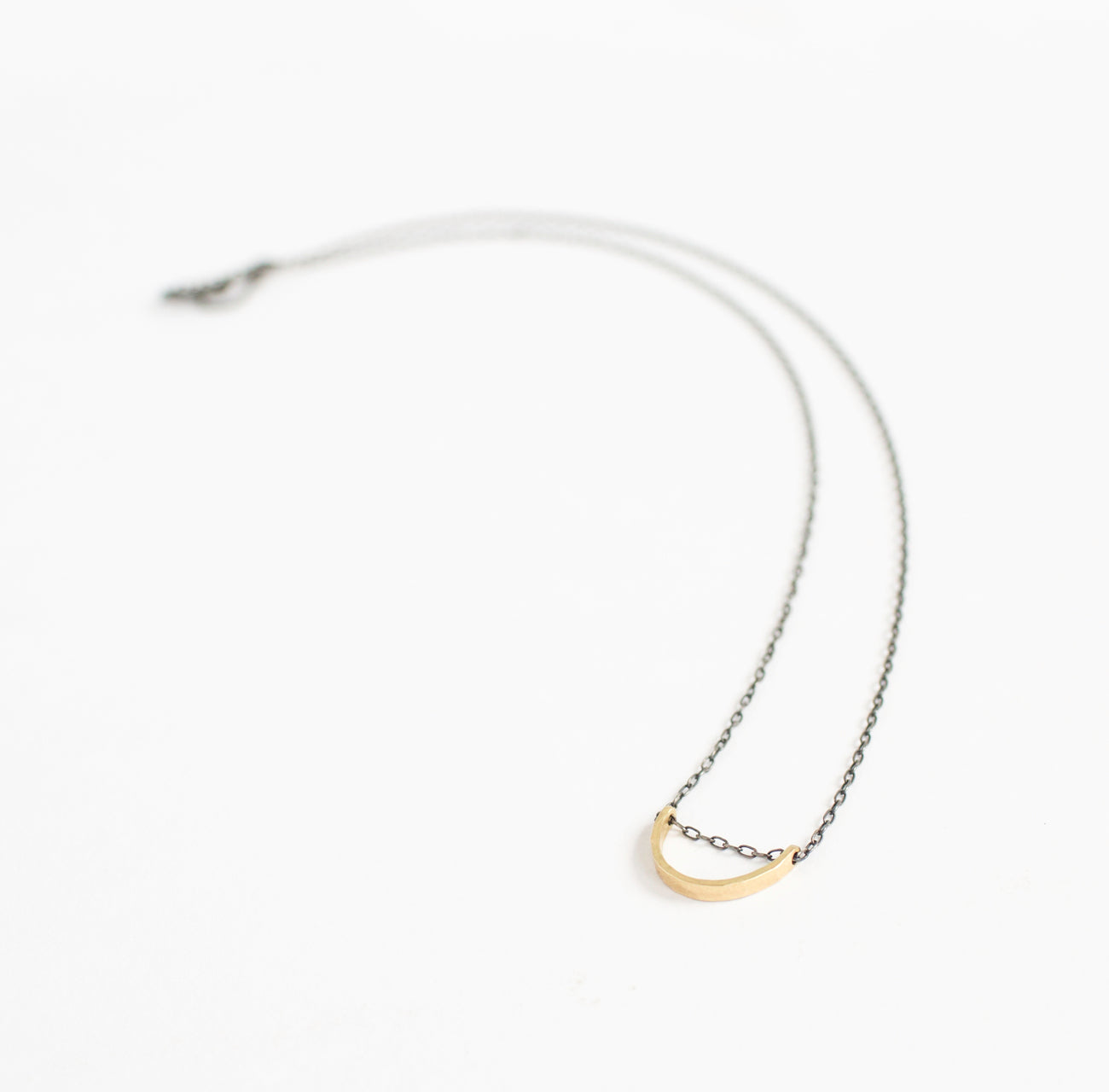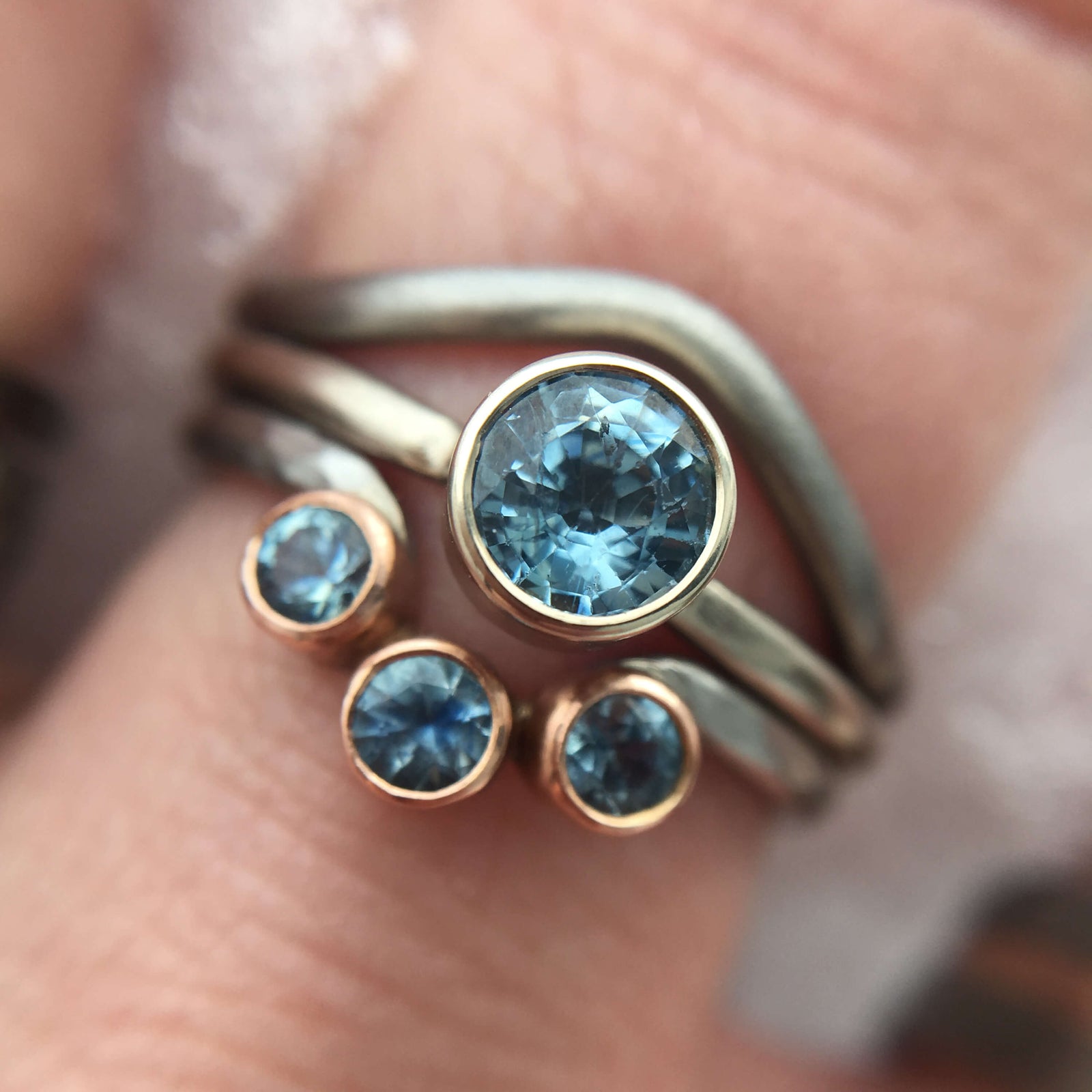Your Cart is Empty
EC Design Studio is open Thursdays 12-5pm and Saturdays 11-4pm, or by appointment. Order online and pickup in studio!
EC Design Studio is open Thursdays 12-5pm and Saturdays 11-4pm, or by appointment. Order online and pickup in studio!









